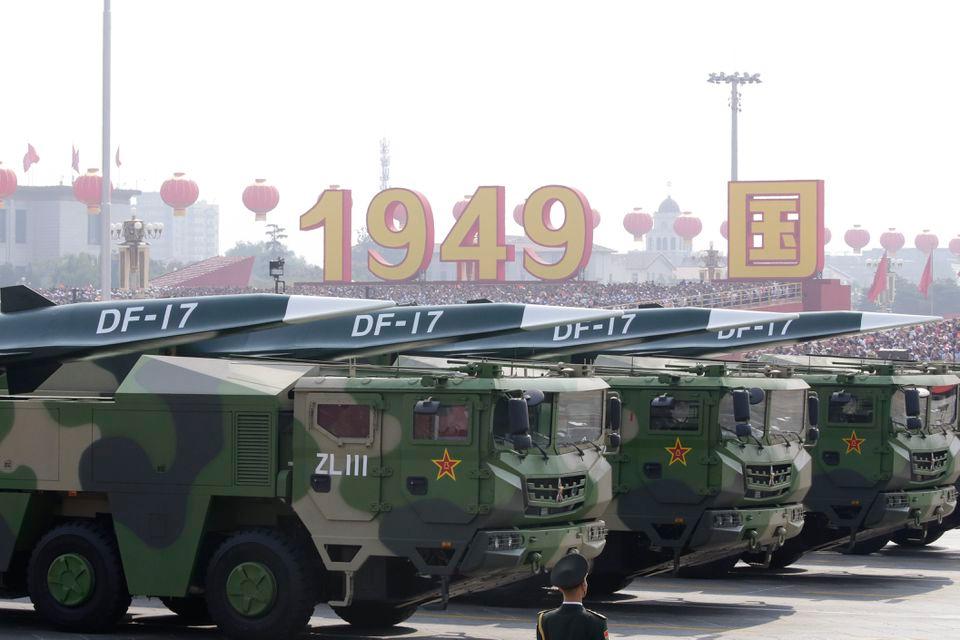News Analysis
China and the United States are in a techno-arms race, which is incredibly expensive, and extends far beyond the cost of ships, planes, and missiles.

China and the United States are in a techno-arms race, which is incredibly expensive, and extends far beyond the cost of ships, planes, and missiles.